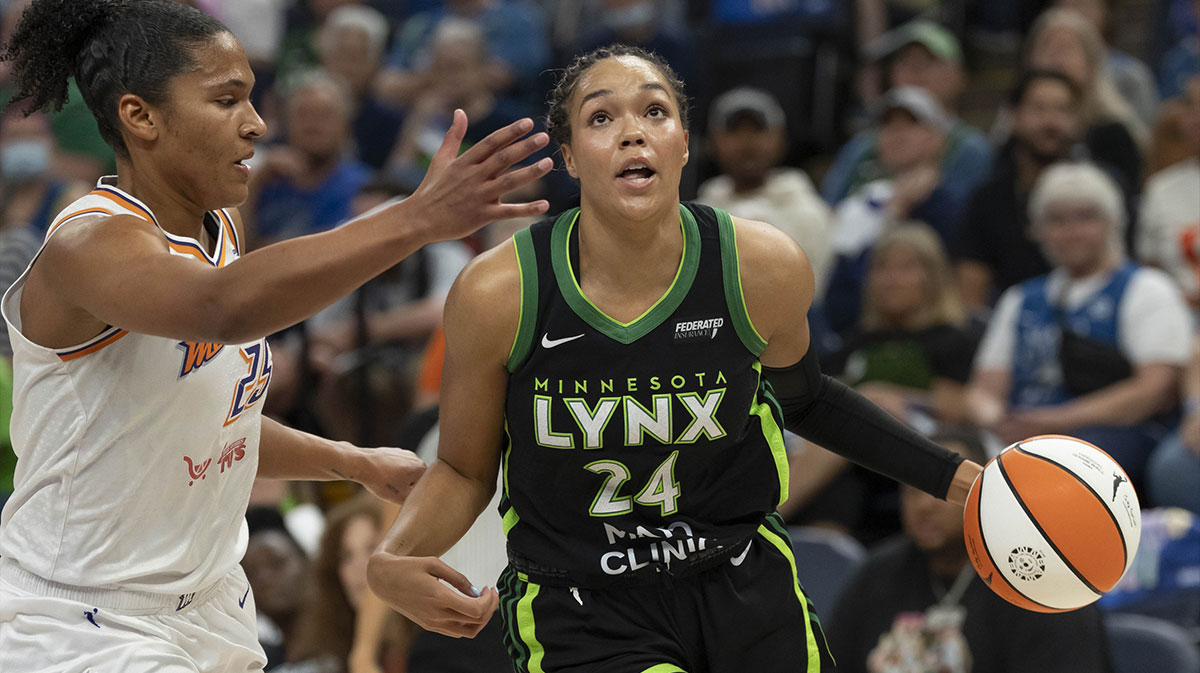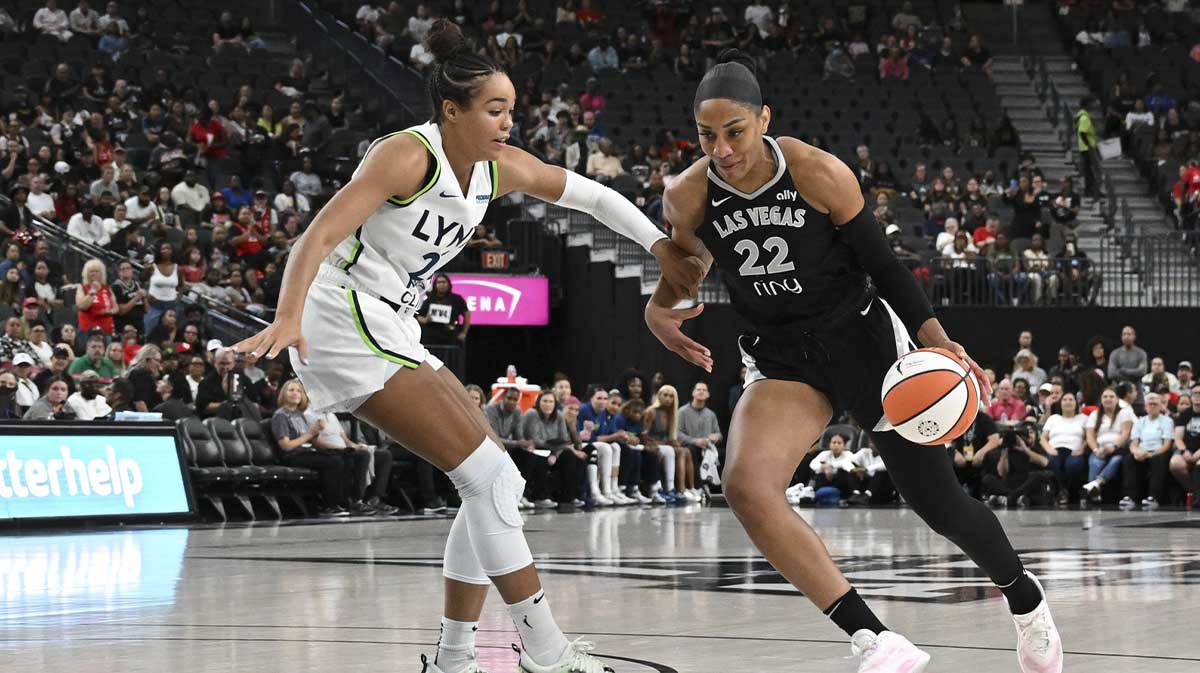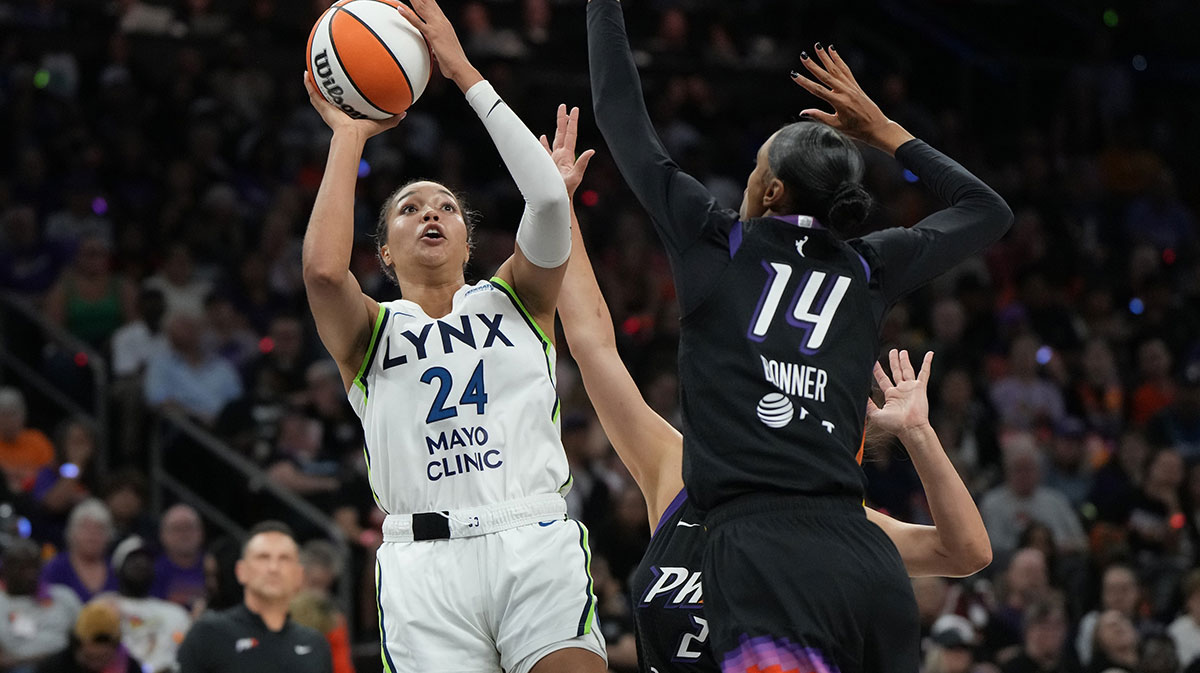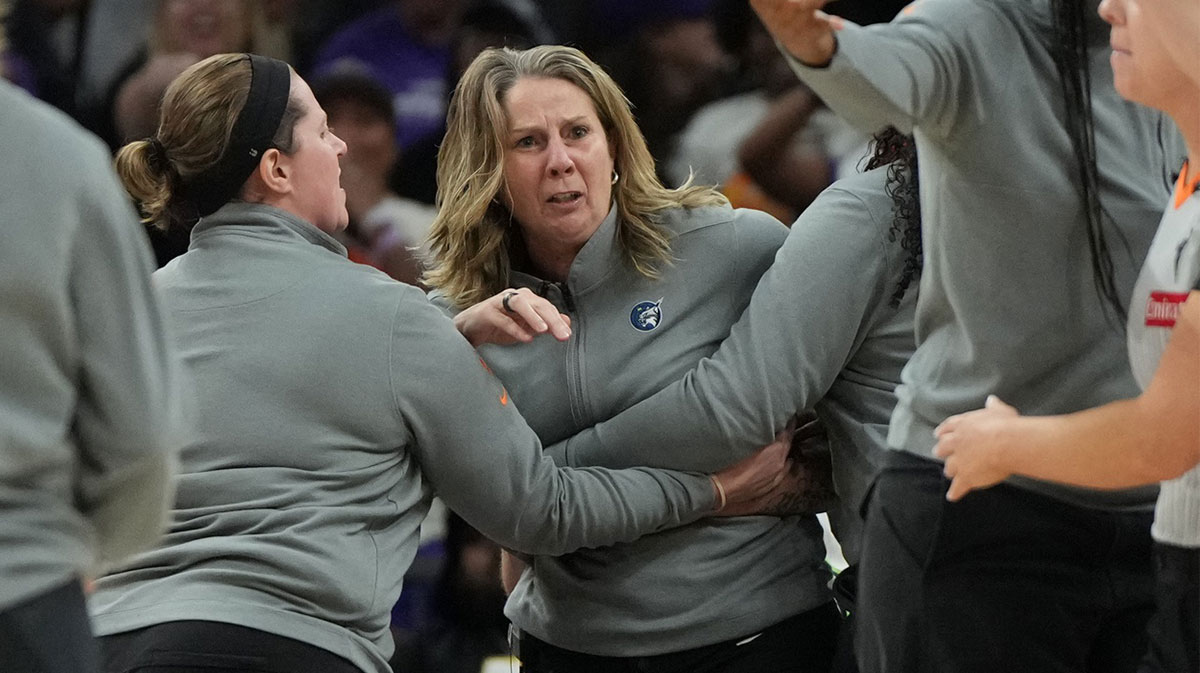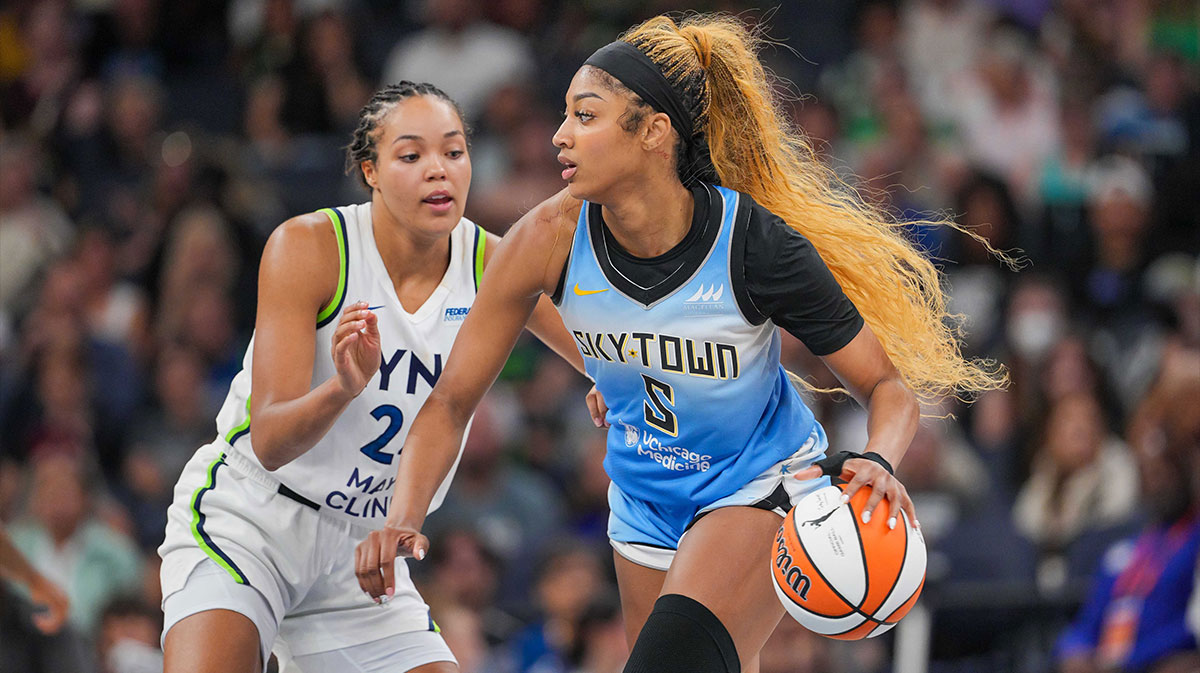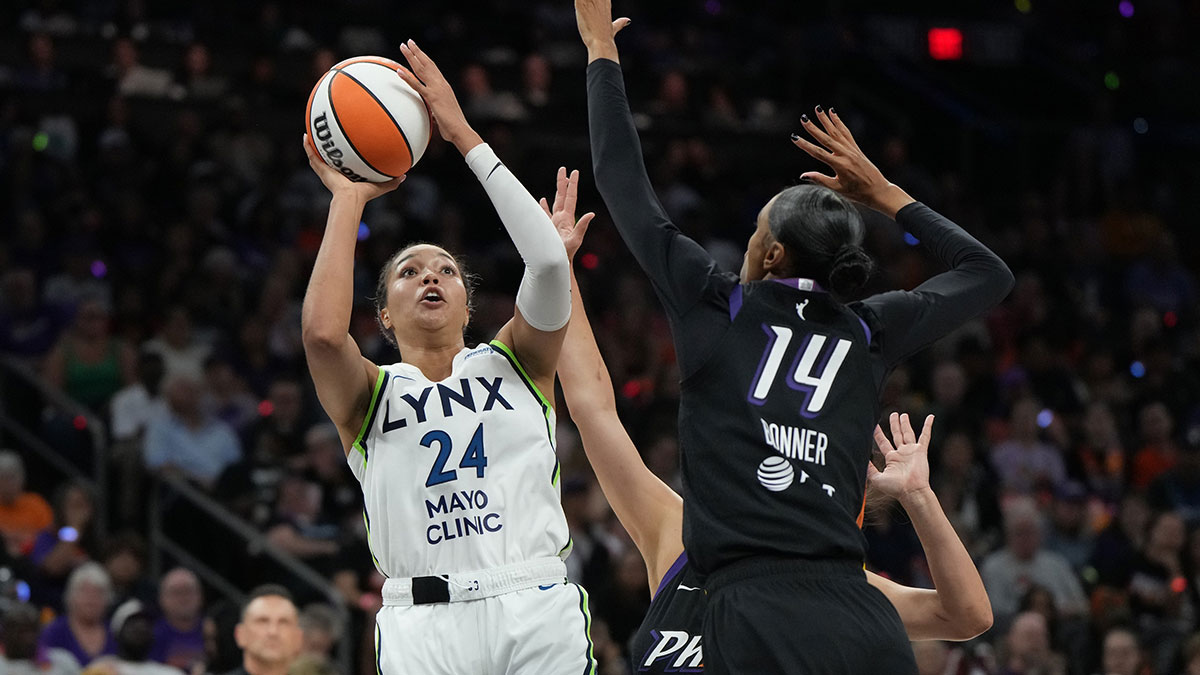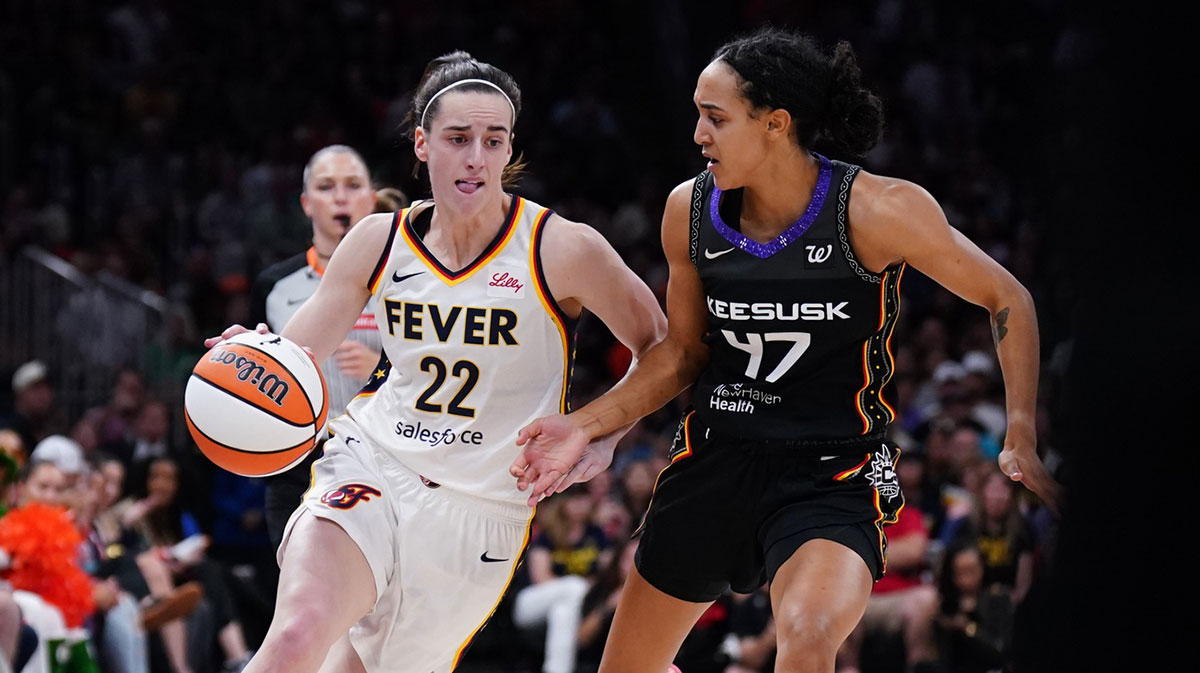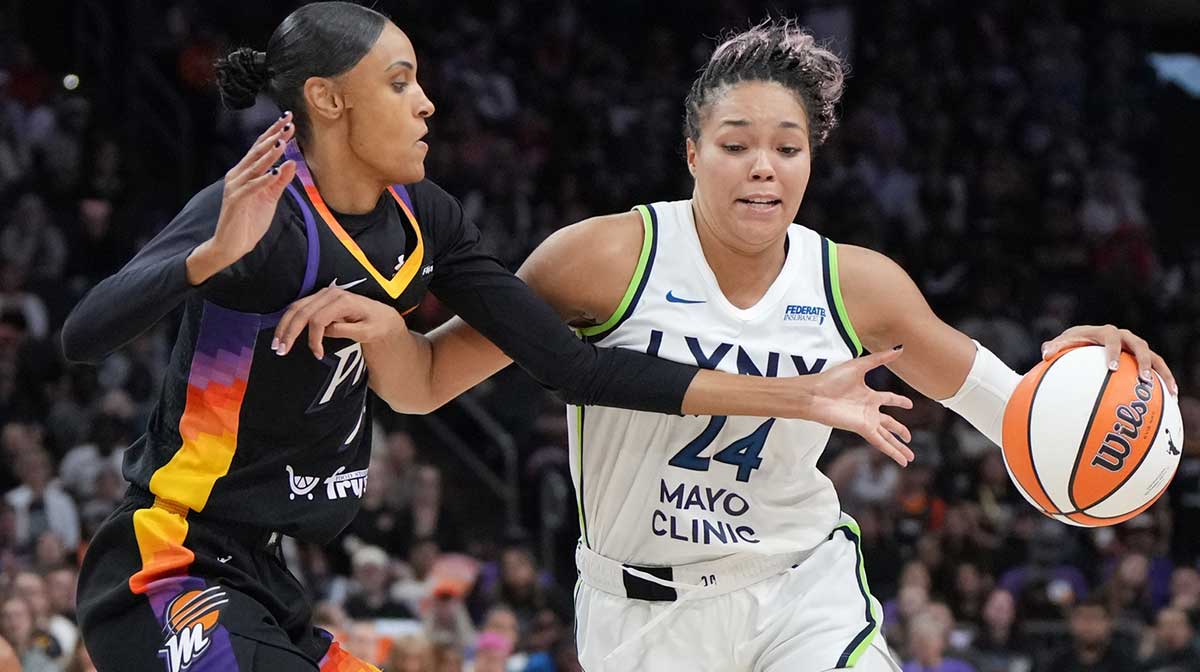In the fast-evolving world of women’s sports, few stories have captured the public’s attention quite like the rise of Courtney Williams and Natisha Hiedeman, two standout guards for the Minnesota Lynx and the dynamic duo behind the viral sensation known as the StudBudz. More than just a nickname or a social media brand, StudBudz represents an evolution in how WNBA athletes connect with fans, challenge stereotypes, and assert their full identities on and off the court.
Both Williams and Hiedeman bring unique backstories filled with grit, resilience, and growth. Their friendship, forged through years of playing together and navigating the often minimized challenges of being Black, queer, and masculine-presenting in women’s sports, has blossomed into a powerful cultural force. Through their charisma, authenticity, and shared vision, the StudBudz have redefined what it means to be athletes, entertainers, and trailblazers in the modern sports landscape.
Humble beginnings
Courtney Williams was born on May 11, 1994, and raised in Folkston, Georgia, a rural town where basketball wasn’t just an after-school activity; it was a way of life. From an early age, she demonstrated a fearless approach to sports, often playing with boys and leaning into a tomboy identity that would later become part of her on-court persona as she moved on to the University of South Florida.
Her father, Donald Williams, played a critical role in her development, not only teaching her the fundamentals of the game but also instilling in her a relentless work ethic. He advised her to master the midrange game, which is often seen as a lost art in modern basketball. It would later become her signature skill in the WNBA.
Meanwhile, her mother, Michelle, was also an athlete in her youth, and Courtney would eventually break her mom’s high school scoring record. That legacy of competitiveness and family support shaped Williams into the fiery, expressive player fans know today.
On the other hand, Natisha Hiedeman’s story begins in Green Bay, Wisconsin. Born on February 10, 1997, Hiedeman faced adversity early in life. She was born with a leg condition that required her to wear a body harness as an infant. Despite this challenge, she quickly proved to be a gifted multi-sport athlete, excelling in basketball, track, and tennis at Green Bay Southwest High School.
Known affectionately as “T-Spoon,” a nickname borrowed from WNBA legend Teresa Weatherspoon, she became her school’s all-time leading scorer and delivered unforgettable playoff performances, including a buzzer-beater that made headlines across Wisconsin. Her excellence continued at Marquette University, where she became the program’s all-time leader in three-point field goals and earned Big East Player of the Year honors in her senior season.
While their paths to the WNBA were different — Williams was a top-10 draft pick in 2016, and Hiedeman was selected in the second round in 2019 — their shared experiences created the conditions for a deeper connection. Both had to prove themselves not just as athletes, but as individuals who did not conform to traditional “marketable” norms of femininity in sport. That shared foundation would later serve as the emotional glue of the StudBudz friendship.
Crossing paths
The two athletes officially met in 2019 when Williams and Hiedeman became teammates on the Connecticut Sun. Williams was already an established scorer, while Hiedeman was a rookie trying to find her footing in the league. Despite their different roles and experience levels, the connection was immediate.
Williams invited Hiedeman to her 25th birthday party shortly after she joined the team, and from that moment, their bond began to grow. The chemistry they shared was undeniable — not just as players who could read each other’s movements on the court, but as friends who found joy and comfort in one another’s company.
Over the following seasons, their friendship deepened. Even when their careers temporarily diverged — Williams played in Atlanta and Phoenix before eventually returning to Connecticut, while Hiedeman spent most of her early years with the Sun — the two remained close. By the time they were both on the Lynx in 2024, the foundation had been laid for more than just a successful backcourt partnership. They were ready to step into the spotlight together.
Becoming the StudBudz
During the 2025 season, Williams and Hiedeman launched what would become one of the WNBA’s most viral and culturally significant social media presences: StudBudz. The name was more than a catchy moniker—it was a deliberate assertion of identity. In Black LGBTQ+ communities, the term “stud” typically refers to a masculine-presenting woman. Both Hiedeman and Williams embraced this identity and used their platform to bring it to the forefront. Their friendship, mutual respect, and effortless humor made their content irresistible to fans across all demographics.
What began as Instagram and TikTok videos showcasing their banter, fashion experiments, and off-court lifestyle quickly evolved into something much larger. They began livestreaming on Twitch, drawing thousands of viewers who tuned in not just for entertainment, but for representation and community. One of their most iconic moments came during the 2025 WNBA All-Star Weekend, when they livestreamed nearly 72 continuous hours of their experiences, from hotel downtime to VIP parties to locker room moments. The event drew over 18,000 viewers and became the talk of the All-Star festivities.
The pair leaned into their comedic and creative instincts, donning matching pink hair, sharing behind-the-scenes moments, and even starting brand collaborations. They weren’t just “influencers” or “content creators,” they were genuine athletes who used their full selves to connect with fans. Their content didn’t feel curated or contrived; it felt like two best friends letting the world in on their jokes, struggles, and victories.
Cultural impact
The StudBudz phenomenon resonates for several key reasons. It fills a long-standing gap in sports media by centering queer, Black, masculine-presenting women as main characters rather than side notes. In a league where LGBTQ+ representation is relatively common but still often sanitized or overlooked in mainstream coverage, the StudBudz forced a different kind of visibility — one that was proud, joyful, and unapologetic.
Their presence also humanized the WNBA for new and casual fans. While major media outlets often struggle to tell compelling stories beyond game recaps or star profiles, Williams and Hiedeman created a new form of engagement. They offered access, relatability, and entertainment in a way that sports franchises rarely do. This kind of organic storytelling helped bring in new audiences, particularly younger viewers who value authenticity and representation over polish and production value.
Third, the duo used their influence responsibly and thoughtfully. In 2025, they dyed their hair “period red” in collaboration with U by Kotex to break stigmas around menstruation in sports. They used their humor and presence to address real issues, all while keeping fans entertained and engaged.
Nevertheless, both Williams and Hiedeman have shown a willingness to grow while staying grounded. Hiedeman has frequently reminded fans that her first love remains basketball, and both players have emphasized that StudBudz is not a distraction—it’s an extension of who they are. As long as they continue to lead with integrity and fun, their impact is likely to deepen.
Their story also paves the way for other athletes to embrace multidimensional identities. As WNBA viewership continues to rise and digital media becomes increasingly important for fan engagement, the StudBudz model could serve as a template for the future.
Williams and Hiedeman didn’t set out to become viral sensations. They set out to be great athletes, loyal friends, and authentic human beings. But in doing so, they’ve sparked something much bigger than themselves. Through StudBudz, they’ve turned the spotlight onto voices and identities long kept at the margins, proving that excellence in sport can and should include the full spectrum of who athletes are.
The duo has reminded us that basketball is more than just what happens between the lines; it’s about community, personality, and courage. And as the WNBA enters a new era of visibility and influence, Williams and Hiedeman are leading the charge — not just as players, but as cultural icons. StudBudz is more than a moment. It’s a movement.








